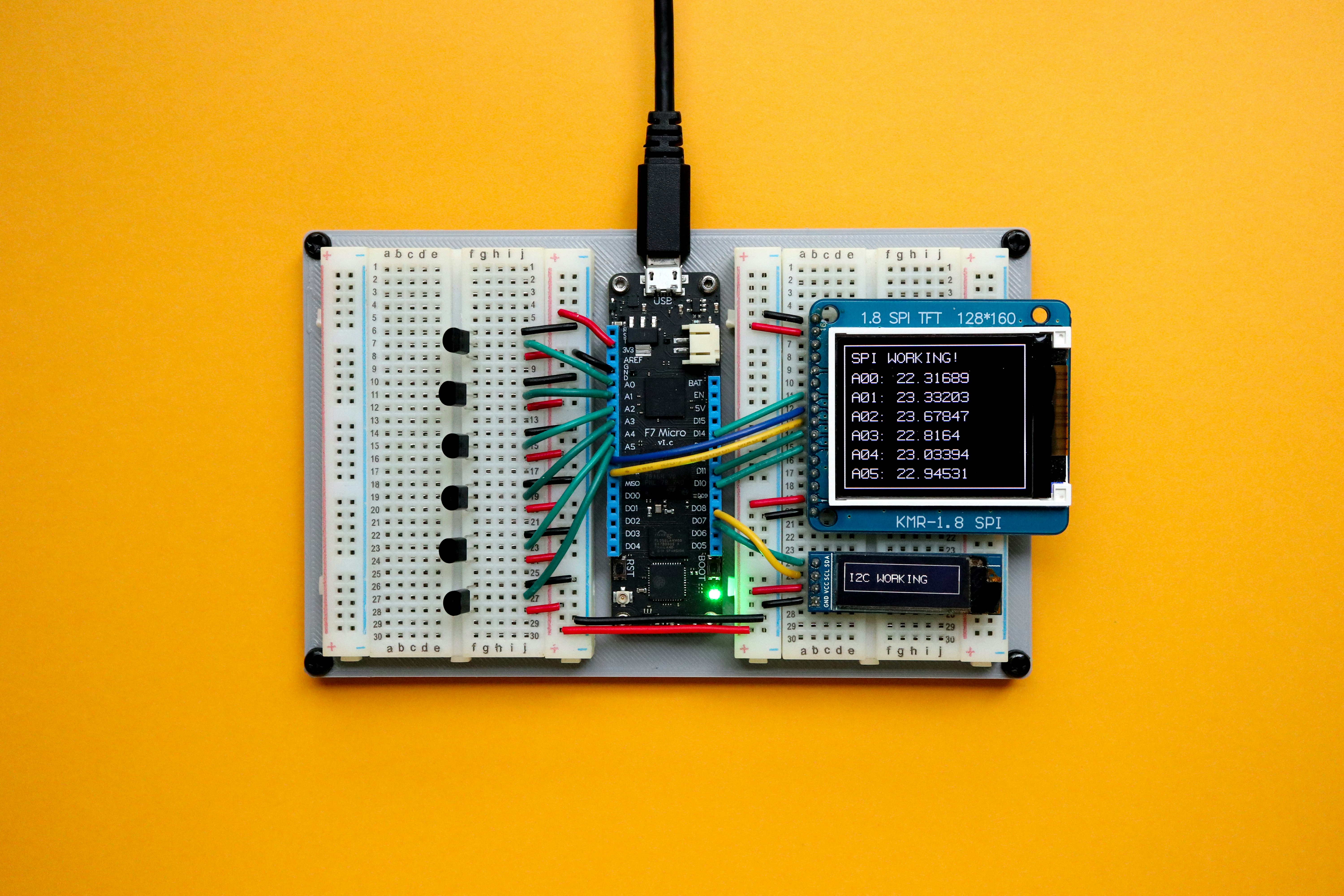Spear-phishing
Spear-phishing is one of the most popular cybercrimes today. Spear-phishing is a type of phishing scam where a hacker attempts to obtain personal information such as a social security number or a bank account through email. The email will try to fool the recipient by appearing legitimate. The email will also have a sense of urgency to it. For instance your bank may tell you that your account has been jeopardized. In order to secure it you must click on a link to change your password. In order to successfully infiltrate your computer and gain access to your information the victim must click on the link or download an attachment found in the email. Once the password has been reset the hacker now has everything he needs to lock you out of your account.
Before you click on a link or download an attachment make sure you know who is sending it to you. Another way to make sure a link is legitimate is to hover over the link in the email. If the email is from a bank make sure it’s directing you to the bank’s website. If the website is directing you to a different website altogether do not click on it – this is more likely a spear-phishing scam.
Pharming
Like spear-phishing, pharming is a type of phishing that hackers use to steal users’ identities. Instead of an email – a hacker will exploit a user by redirecting them to a fraudulent website. This is usually done when a hacker installs a malicious code on the victim’s computer. S/he can also go one step further by putting the code on a DNS server which effects multiple computers at once. Unbeknownst to the victim or victims– they are redirected to a bogus website. The website usually mimics a work login page, a bank’s homepage, or any other page that hosts sensitive information. Once the users enters in their information the hacker obtains it and can shut them out of all of their accounts. Make sure that the website you are being directed to is the correct address.
DOS Attacks
DOS attacks stand for “denial of service.” The motivation of the hacker is to disrupt a website server by sending it so many requests that it crashes. Most servers have a limit on how many requests they can receive at once. When that number has been reached – the website crashes prohibiting users from accessing it. DOS attacks are one of the most popular attacks and can be motivated by money, blackmail, or as a form of activism.
Ransomware
Ransonware is another type of cybercrime that has increasingly become more popular. Like the name suggests, a hacker steals information from a company – holding it ransom until the company pays them a fee. Recently Spain’s largest radio network was hit by a ransomware attack valued at €750,000 in bitcoin. In a ransomware attack a hacker infiltrates a business using a malicious email. Once someone in the company clicks on the link the hacker has gained access to the servers and begin encrypting sensitive files. If the company wants those files back – they must pay a set price.
While there are other types of crybercrime – spear-phishing, pharming, DoS, and ransomware are one of the most common threats that a company or individual can face in the world of cybercrime. Understanding the signs of a potential hack will ensure that your organization stays safe from potential threats.
















